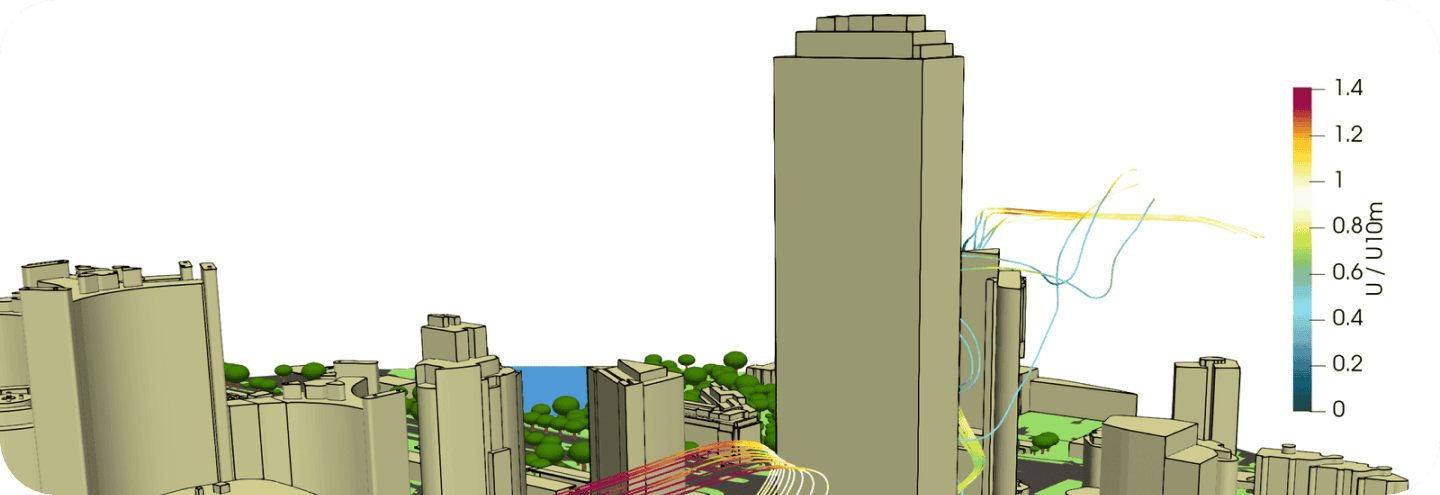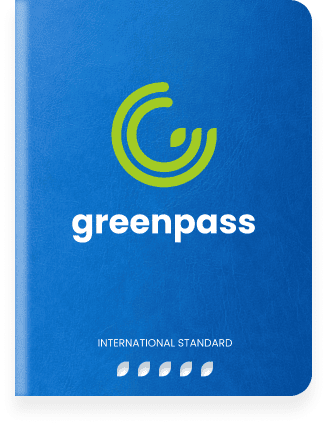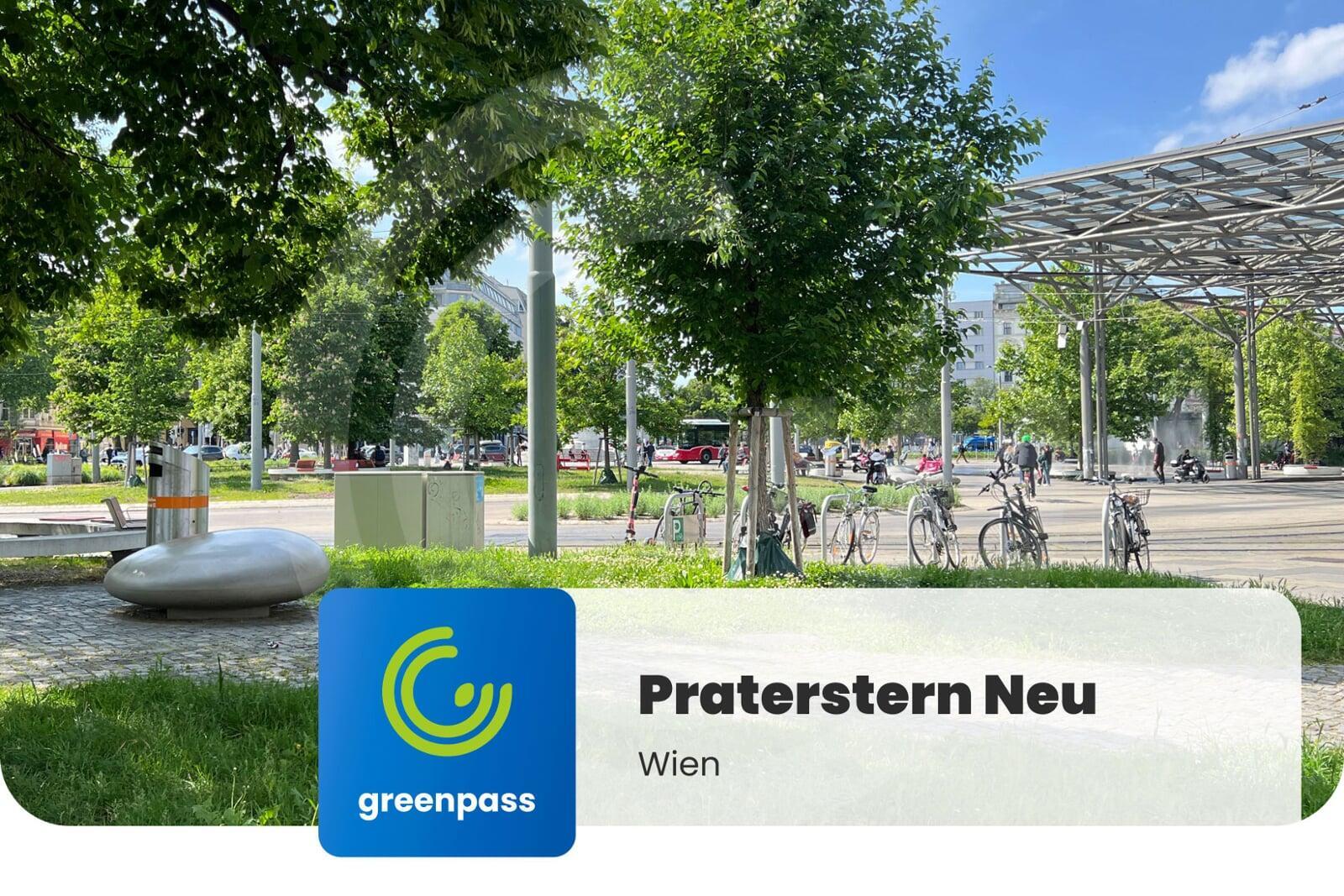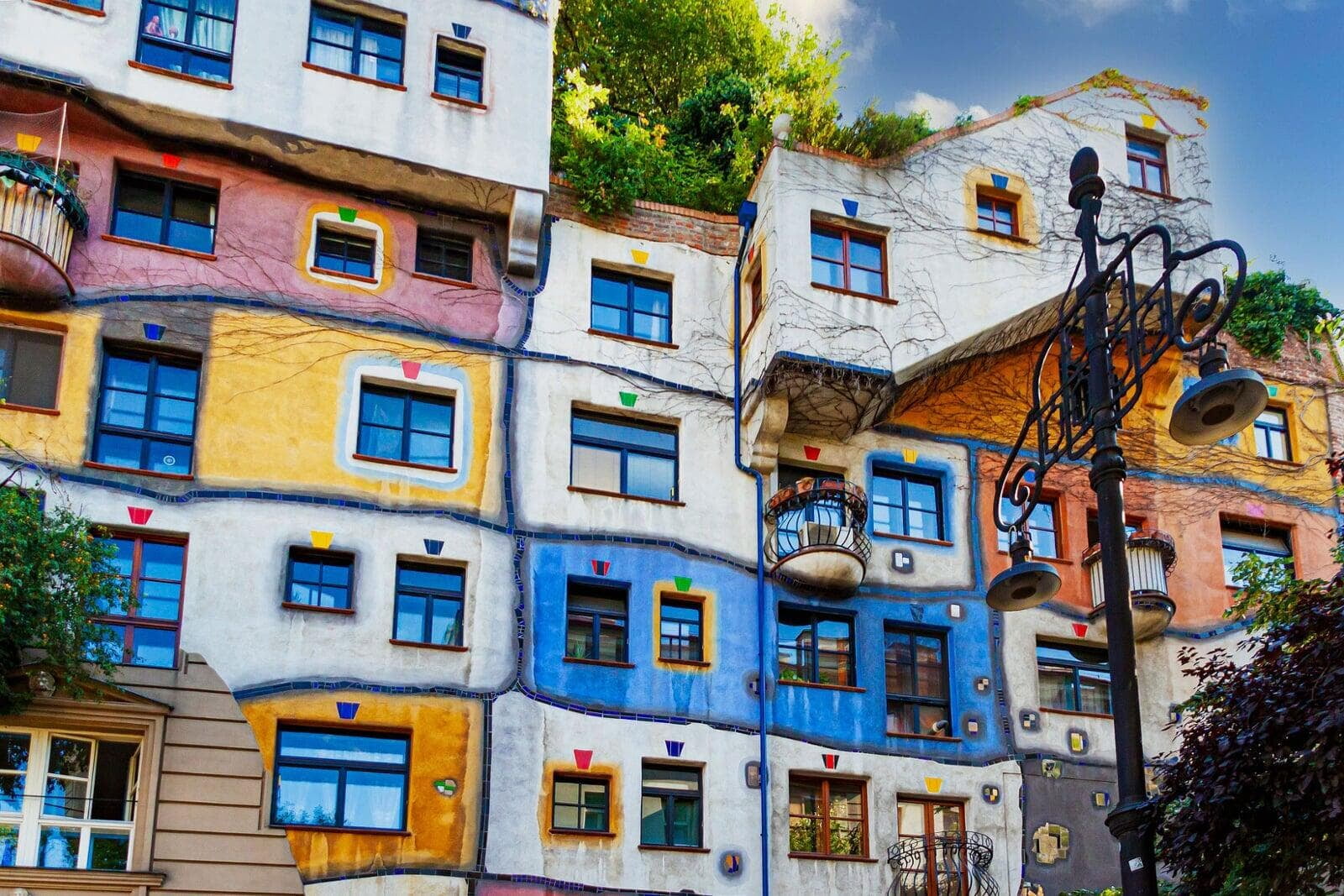
In this blog post, you will learn how to ensure wind comfort and wind safety in urban planning as well as detailed planning of real estate and open space to avoid downdrafts and downwashing.
Downdrafts and downwashing in real estate
Downdrafts and downwashing occurs when air masses are forced downward along the facade of a high-rise building. These winds are strong enough to create uncomfortable or even dangerous conditions at pedestrian level. Such a phenomenon may be invisible at first glance, but it can have significant impacts on the comfort and safety of people in urban areas.
The figure (Fig. 1) shows the path the wind takes, and it is clear that winds from as high as 90 meters are carried to pedestrian level. The wind speed corresponds to 1.4 times the forecast wind speed at 10 meters.

Designing wind-safe real estate and open space

Pedestrian Wind Comfort Analysis
Modern software solutions and CFD flow simulations, such as the Wind Module from greenpass, allow the representation of dynamic flow behavior in order to avoid and reduce wind hazards and other phenomena, as well as to effectively optimize wind comfort and cold air streams.
Conclusion
Similar posts
More relevant content on related topics for you








